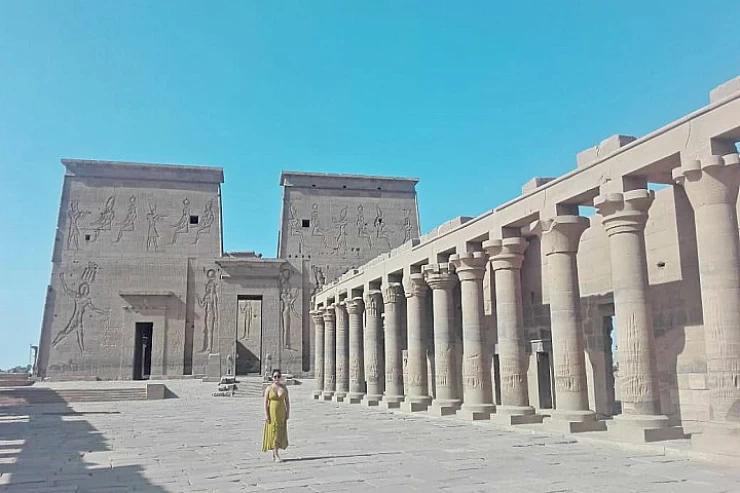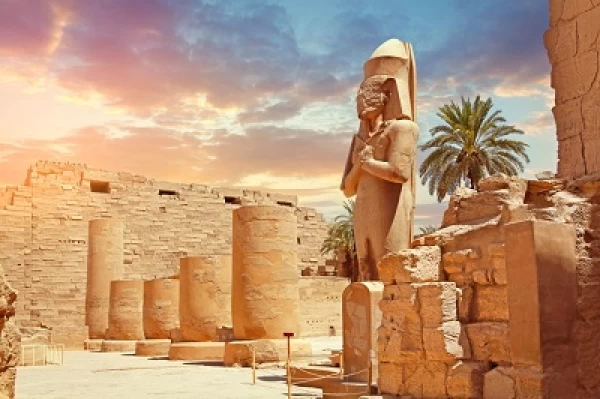
Valley of the Kings in Luxor
Kings' Valley
A dry river valley lies on the west bank of Luxor, also known as Thebes, where the kings of the eighteenth and nineteenth dynasties were buried. Hence, it was given the new title of "Valley of Kings" and contained not only royal figures but also important individuals. One of the most popular attractions in Luxor, it lures visitors from all corners of the globe through Safaga shore trips to witness the captivating tombs. The valley consists of over sixty completed tombs and twenty tombs that were left unfinished.
The rationale for selecting the West Bank
The valley was chosen for burial purposes due to its location west of the Nile, symbolizing where the sun god set. Consequently, ancient Egyptian burial sites were positioned on the western side of the Nile River. The kings of the Egyptian kingdom selected burial sites with pyramid-like formations on the surrounding cliffs to symbolize eternity and belief in rebirth. The third factor for selecting this location was its seclusion, allowing the kings to rest peacefully without fear of theft.
The burial sites in the Valley of Kings
The majority of tombs are now open to the public and those interested in history, but a few tombs are temporarily closed for repair and maintenance work. Tutankhamun's tomb is one of the most notable tombs, containing a significant treasure. It has returned to the Egyptian Museum and most recently to the Grand Egyptian Museum in Giza. The Valley of Kings includes Queen Hatshepsut's tomb (ruled c. 1472–58) with a burial chamber measuring 215 meters and going down 100 meters into the rock.
The valley contains numerous sculpted scenes depicting the deceased king with various gods, particularly those from the underworld. The graves also contain unique burial inscriptions discovered in the Papri to assist him on his travels. Exploring the riches of Egyptian pharaohs and their Royal burial sites such as Tutankhamun's tomb, Seti I's tomb, and Ramses VI is a lasting adventure with Egypt Classic Tours.


















